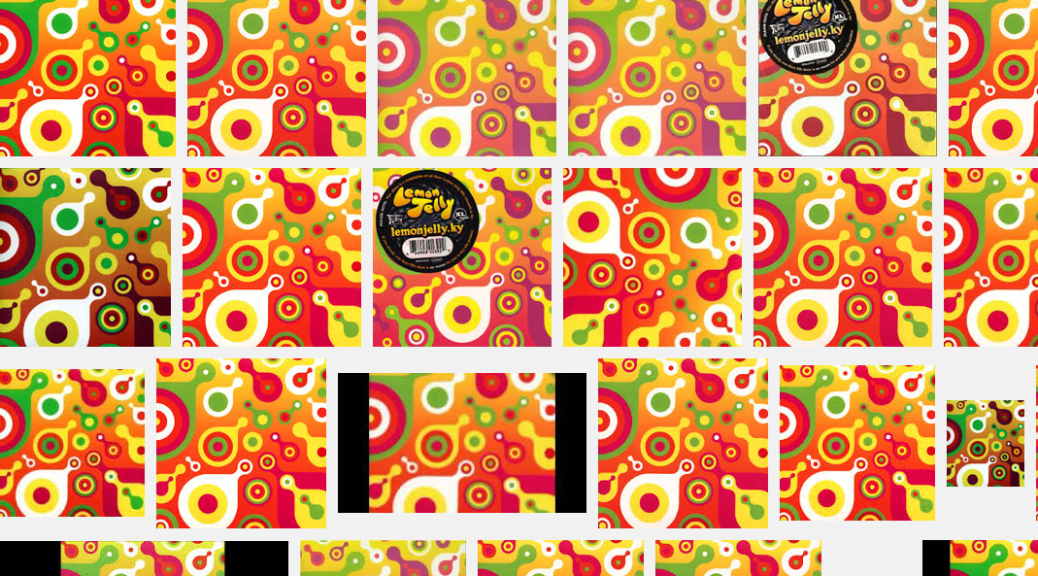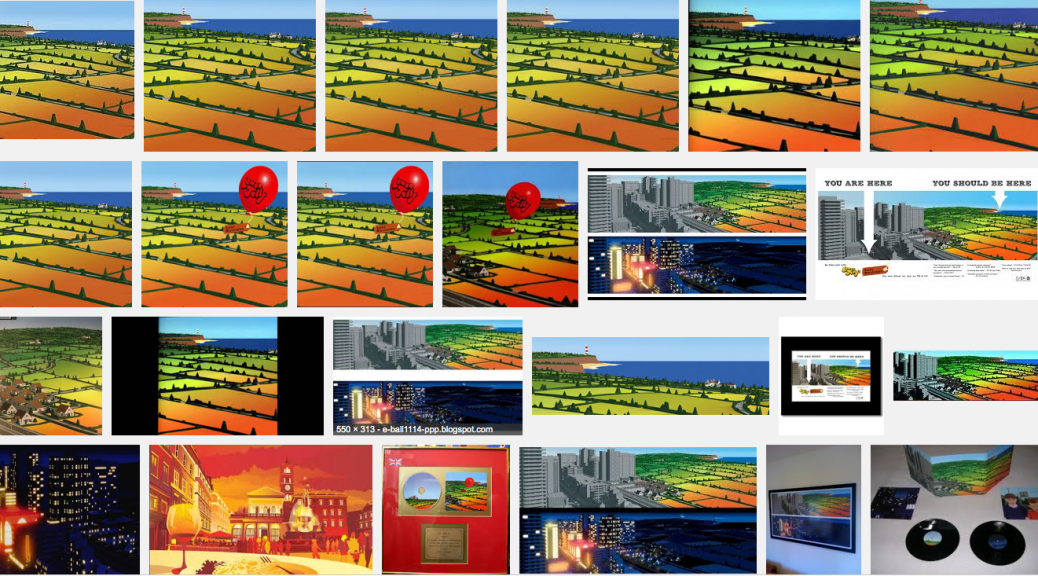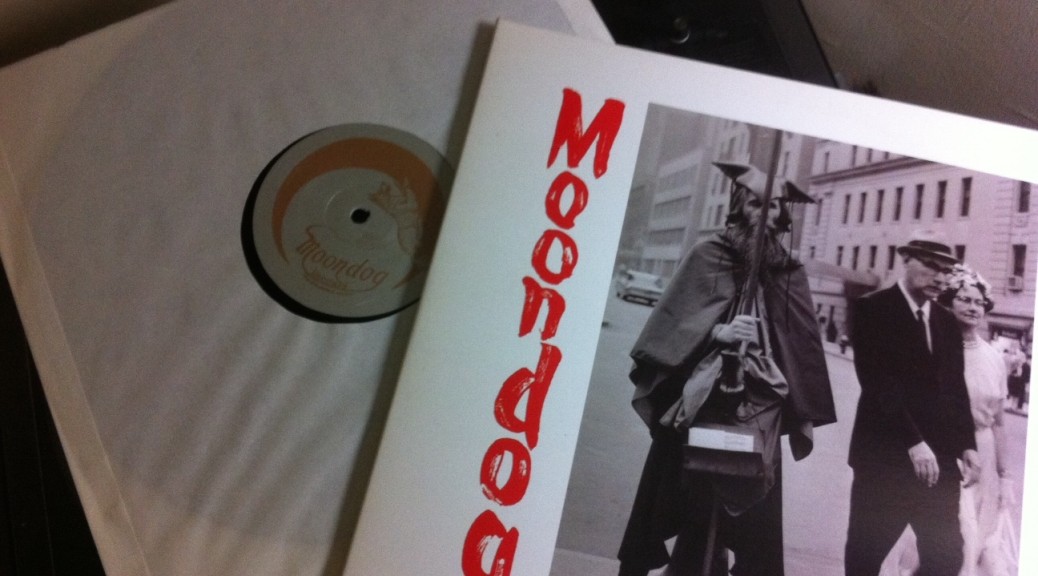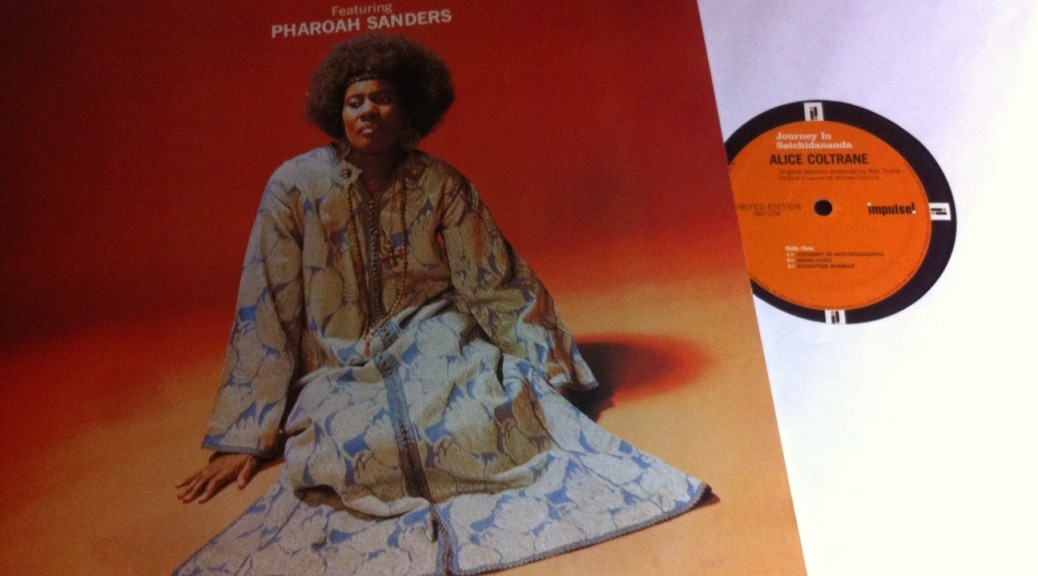Lemon Jelly – Lemonjelly.KY
This is a light and fun electronica album pefect for bopping along to when you want to write. It’s also great album to bop along to while you’re cooking your dinner or even feeding the cat.
LemonJelly.KY was the first Lemon Jelly album, and is a mix of the first three EPs they released.
The thing that grabs you first about Lemon Jelly is the unique cover design. It’s no surprise that one half of Lemon Jelly is a graphic designer. You just want to play it when you see the brightly coloured looking cover which perfectly matches the music as well. It carries a real lightness about it.
It has been sampled and used in various soundtracks (Including one of my all-time favourite TV shows, SPACED) but this album works for anything.
Released
2001
Lyrics
Samples are used but it’s not a lyrical album. Sampes range from such great lines as ‘what do you do in the bath.’ Other songs like ‘the Staunton lick’ are pure instrumentals that work. One of my favourite’s Nervous tension uses samples from a South African psychologist’s album for relaxation.
The lyrics are of course quite incidental, so you will never have to worry that they will overwhelm you.
Mood
LemonJelly.KY and basically all of the Lemon Jelly music is great for doing anything. I don’t know anyone who doens’t feel lifted after they listen to Lemon Jelly. It doesn’t take over, but it definitely lightens everything up which is a good thing.
Good to work to
A very light album that works for everything.
Like
Upbeat house groove, and more generally electronic music. Obviously I’d say Lost Horizon the album by Lemon Jelly that came after this is in the same vibe, the other later albums (called 64-95) went in a more up-tempo direction, that is great but is not as friendly, which may be more helpful for wrinting. I’d say if you like this one, definitely get lost horizon. It’s great.
I hesitate to compare this album with much else, as it has a real happy house, summer sound to it more than a particular musical sound.
The Artist/s
Lemon Jelly is Fred Deakin and Nick Franglen. They are both from London, and were in the same crowd without ever being mates until ten years later. Deakin started a graphic arts company and DJ’d, while Franglen worked as a landscape gardner then as a studio programmer for some big acts (n.b. no idea what a studio planner is).
There early Eps went well they got picked up by a label and discovered people really liked their music. The first album in 2000 was Lemonjelly.KY, the second was this one, followed by 64-95 which is music using samples from each of the years. They decided to have a break in 2008, and their website says they’s be coming back.
Other works
Lemon Jelly’s later album Lost Horizon fits in the same mould, and just as good. There other major album is called ’64 to 95’ an album that is great but has a very different feel to this and Lost Horizon. I will have to have a think about whether or not I would put it in this category of good work albums, but don’t think it will make it.
There is one extra piece I would recommend which was a kind of sampler mix tape they put together. My lady friend happened to get a copy of when she met the graphic designer for there albums at a conference. I never found out what it was called and it’s more a party album than a writing album, but it is also great.
Where Can I buy it, and in what formats
You should be able to get this album on CD and as MP3 most places. I did at one stage search for it on vinyl, but this is another of those rare treasures that don’t last long on vinyl and are a gazillion dollars second hand. At this stage I don’t think it is going to be repressed any time soon.
The Verdict
Another album I absolutely love. It is very easy going and light. Certainly not the album I’d use to listen to for every type of running.



